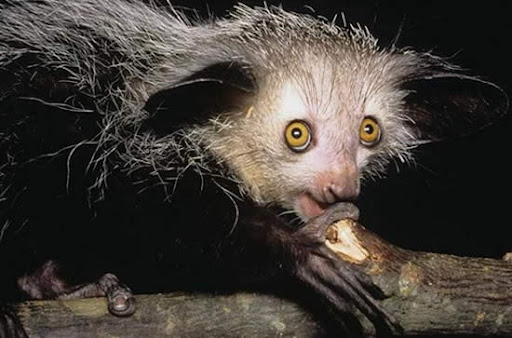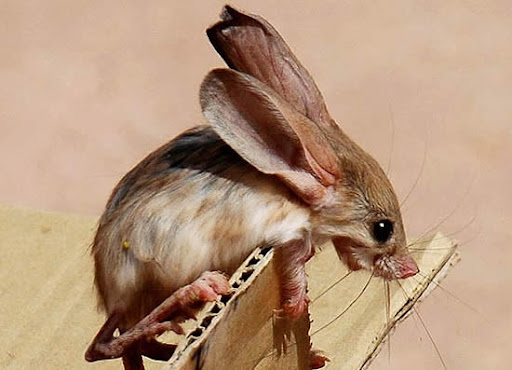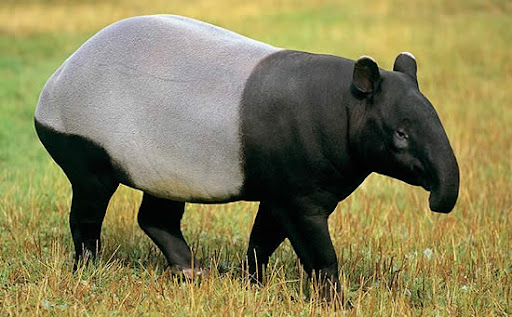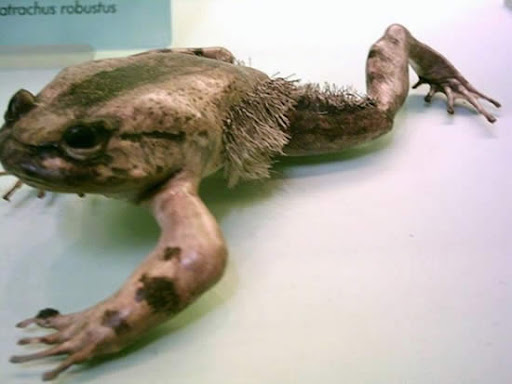Some of the Weirdest Looking Creatures on the Verge of Extinction
Based on recent estimates there are approximately 30-50 million species on Earth… These are some of the weirdest looking creatures on the planet – and the most threatened.
They may not win any beauty contests anytime soon, but the weird wonders of the animal world are infinitely more interesting than any mundane and adorable little creature.
For five years the Zoological Society of London’s Edge of Existence programme has scoured the world to find nature’s rarest beasts. They are given a rating based on their uniqueness and how close they are to extinction.
Sadly, China’s Yangtze River dolphin — top of Edge’s danger list five years ago — is now believed to be extinct, so all the animals on this page are in peril too.
From the dark depths of the sea to the treetops of Madagascar, these are just a few strange animals that are quite a sight to behold and it’s entirely our fault.
Few mammals are as weird looking as the endangered Aye-Aye, a lemur found only on the island of Madagascar, but – surprise! It’s actually a close relative of humans. With big protruding eyes, super-skinny fingers and a huge bushy tail, Aye-Ayes are pretty unique. Their bat-like ears allow them to detect insect larvae squirming inside trees, and they’ve also got a sweet tooth for coconut and sugar cane, which gets them in trouble with farmers.
Viperfish
The depths of the ocean are literally swimming with creatures straight out of your weirdest nightmares, and the Viper Fish is among the scariest. This grotesque-looking creature has teeth so large, they don’t fit in its mouth. It swims at high speed toward its victims and impales them upon its sharp teeth
Longeared Jeboa
Shaped somewhat like a tiny kangaroo, the nocturnal mouse-like Long-eared Jerboa uses its elongated tail and hind legs for jumping. The endangered rodent, found in the Gobi desert of Mongolia, has ears that are about a third larger than its head and eats mostly insects. It’s so extraordinary that it’s the only species of its genus, and believed to be close to qualifying as an endangered species.
Rare pygmy sloth
Found only on an island off Panama in Central America.
Asian or Malayan tapir
Suffering mainly because of the loss of its forest habitat.
Horror Frog
It’s called a ‘horror frog’, but this amphibian isn’t the star of a b-movie. It’s so named because of its ability to actively break its own bones to produce claws. Hairy and bizarre, the horror frog – also nicknamed the wolverine frog, after the comic book character – can break its bones so that they puncture its toe pads, producing extendable claws on demand when threatened. This Cameroon native, which is often roasted and eaten, was discovered in 2008.
Blobfish
When you pull up your fishing net to inspect its contents, the last thing you want to see is a gelatinous mass of pale flesh peering up at you with dull bluish eyes. But, fear not – catching a blobfish is extremely rare. These bizarre fish live in the depths off the coasts of Tasmania and Australia. They don’t have any muscles, but since have a lower density than the water, so they just sort of float around.
Naked Mole Rat
Its wrinkled pink skin, piggish nose and protruding teeth don’t exactly make the naked mole rat the cutest animal around. Colonies of these hairless rodents live in underground “palaces” led by one dominant rat – the queen, which is the only female to breed and bear young. As with bees, naked mole rats have roles in the colony, including workers that dig the tunnels and gather food. Most naked mole rats are found in the sandy deserts of sub-Saharan Africa.
Pignose frog
The sole member of an ancient family, 50 to 100 million years old, it hunkered deep underground while the dramatic environmental and physical changes sweeping the earth wiped out whole groups of animals and saw new ones evolve. This dinosaur among frogs was only discovered in 2003, and it is unclear how many actually exist in the wild, but it is incredibly endangered.









कोई टिप्पणी नहीं:
एक टिप्पणी भेजें